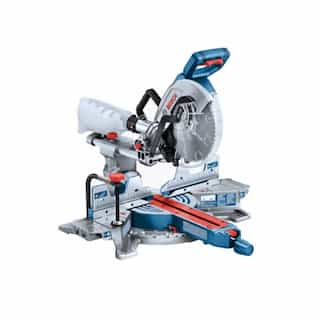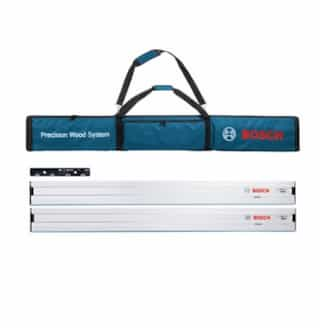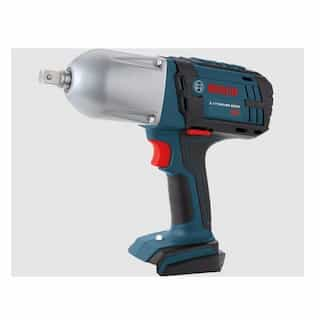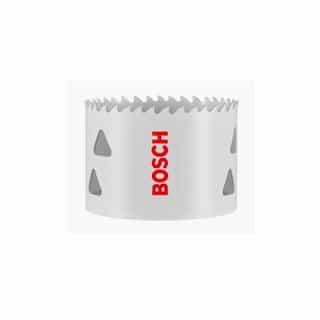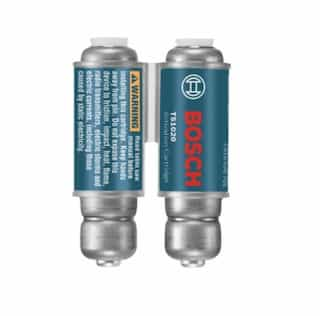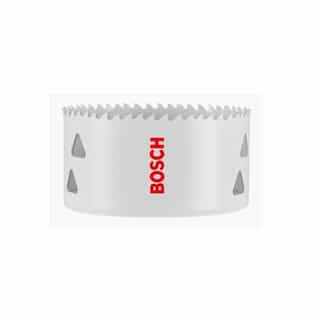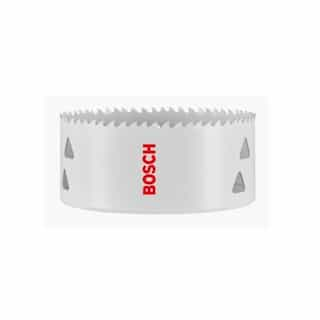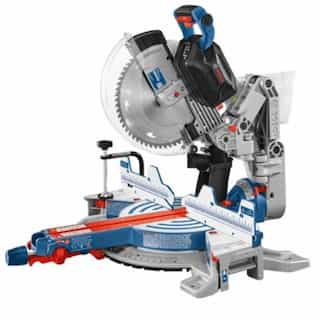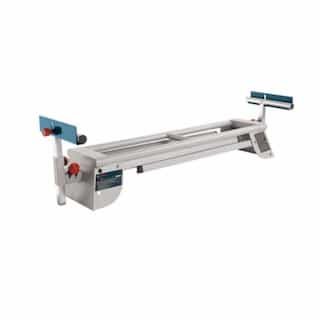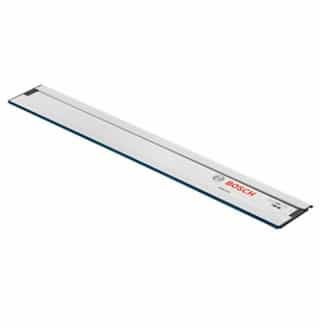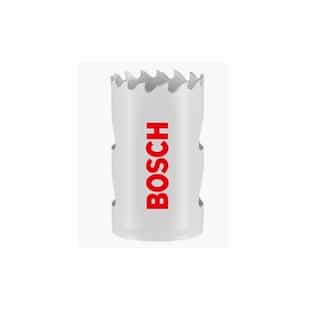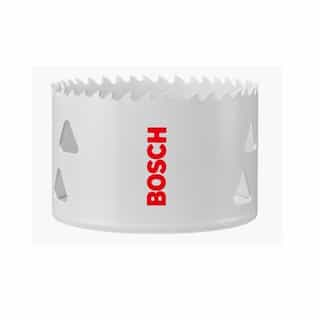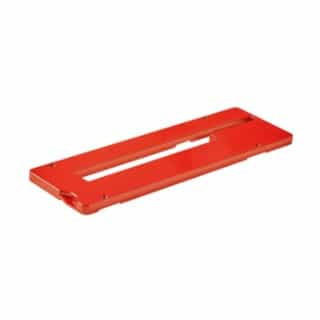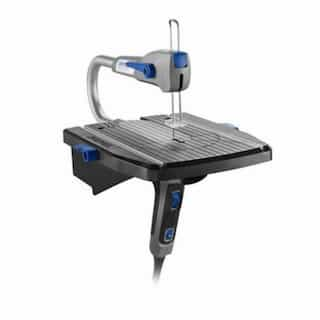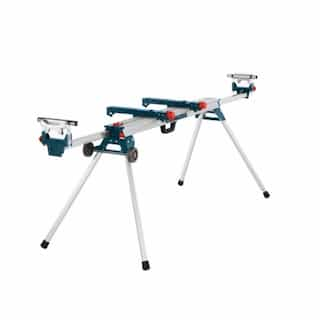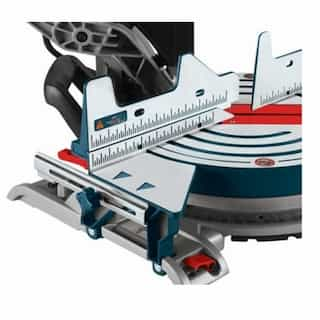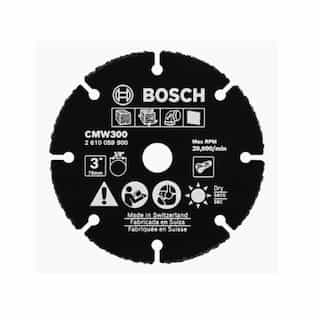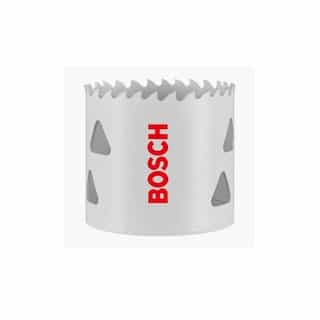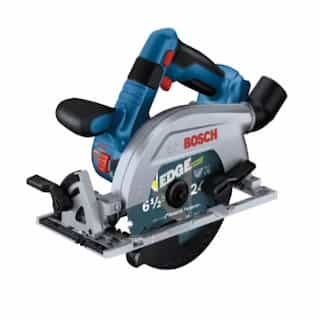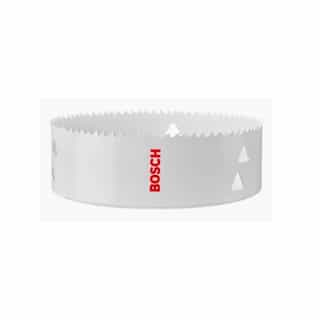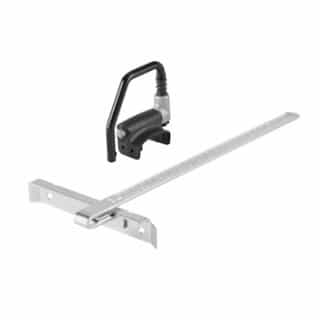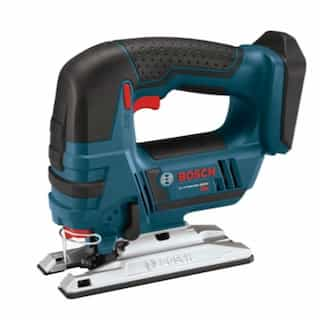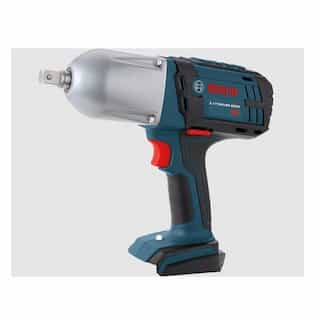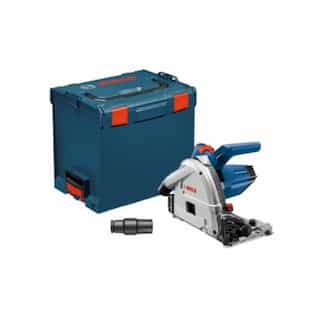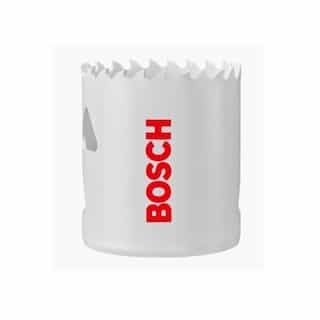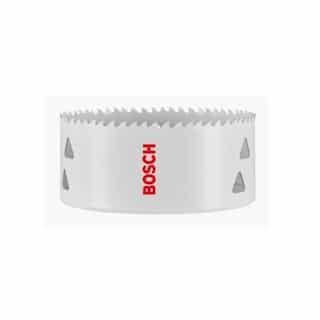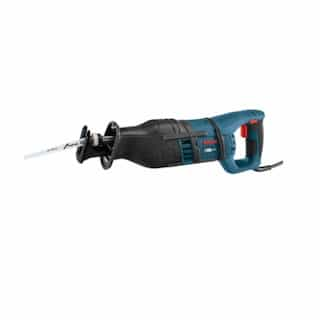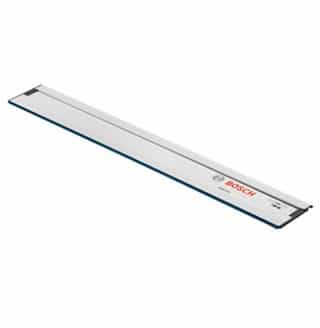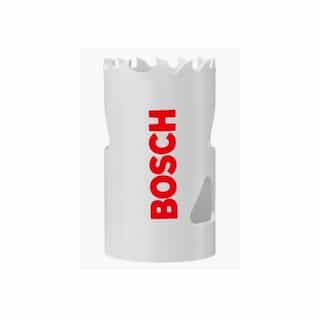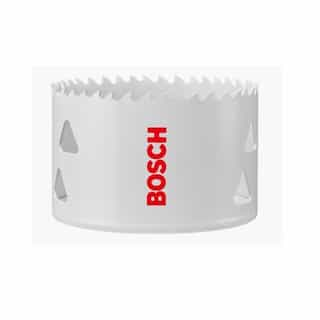What are the different types of saws?
A chop saw uses 14-inch silicon carbide or aluminum oxide abrasive blades. It moves up and down instead of back and forth like other types of saws. They work well for making square cuts.
A circular saw moves in different directions, in contrast to a chop saw which only moves up and down at a 90-degree angle. For this reason, chop saws perform more specialized tasks while circular saw work for a variety of jobs. A worm drive circular saw contains the motor in the rear of the blade, while a sidewinder saw’s motor is inline with the blade.
A miter saw uses a circular blade to cut at an angle, usually 45 degrees. Single bevel saws only go in one direction, while dual bevel sliding compound miters go left or right, making cuts from any angle. They typically have an adjustable fence to use as a reference for cutting. Some miter saws can make chops at a 90-degree angle, but with less power than a regular chop saw. Chop saws typically cut metal while miter saws commonly cut wood.
What kinds of materials can I cut?
Chop saws, miter saws, and circular saws cut wood and metal, including steel, but not usually stainless steel. Basically, you can cut steel and anything less durable than steel. A metal chop or miter saw specifically cuts metal, but you can also cut metal with a regular saw using a special blade.
A bevel cut is an angled cut along the edge of the material, while a miter cut is on the face. A compound cut consists of the bevel angle and the miter angle.
What should I look for in a blade or disc?
Depending on what kind of work you need, you can either use the blade that comes with the saw or change the blade. Look for a saw with a spindle lock, which allows easy wheel changes. When choosing a blade for your saw, keep blade size in mind. Circular saws most often take 7 ½ inch blades, and less popular sizes include 5, 6 ½, 8, 10, and 12 inches.
The more teeth a blade has, the more precise the cutting job will be, but it also takes longer to make the cut. For example, a blade with 24 teeth finishes rougher than a 48-tooth blade. Check the blade included with your saw and understand the types of jobs it can and can’t do. If you need to do a job that is beyond your blade’s capacities, you should purchase a different blade with more teeth. Make sure your new blade fits the range of sizes your saw allows.
Another difference between blades is the material. You will most commonly see carbide blade options. A carbide contains carbon and one other ingredient. Known for its hardness, tungsten carbide saws have great wear and impact resistance.
On the other hand, an abrasive disc, uses no teeth but instead spins fast to cut through sharp materials. Since an abrasive chop uses no teeth, it can be done faster than a cut with a blade. Chop saw abrasive disks typically stay within 14-15 inches.
What RPM do I need?
For smaller household projects, look for a saw with around 900 RPM (revolutions per minute). For a bigger project, look for around 1400 RPM. Miter saws typically have smaller RPM for small household woodworking projects, while chop saws have bigger RPM for industrial projects.
